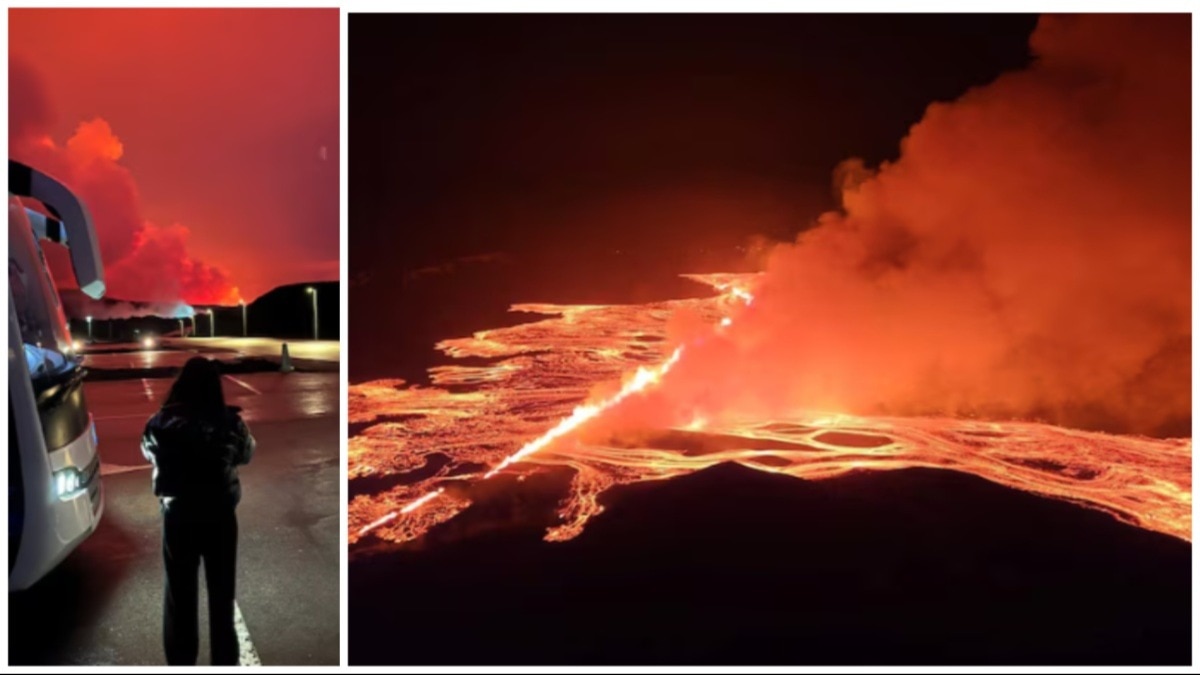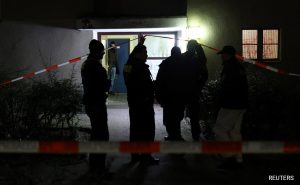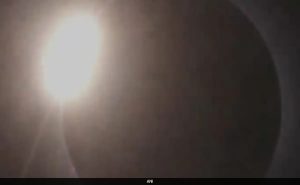2024-03-17 01:41:07
A volcano in Iceland erupted on Saturday for the fourth time since December, the country’s meteorological office said, spewing smoke and bright orange lava into the air in sharp contrast against the dark night sky.
In a video shot from a Coast Guard helicopter and shown on public broadcaster RUV, fountains of molten rock soared from a long fissure in the ground, and lava spread rapidly to each side.
The eruption began at 2023 GMT and the fissure was estimated to be about 2.9 kilometres long, roughly the same size as the last eruption in February, the Icelandic Meteorological Office said in a statement.

Authorities had warned for weeks that an eruption was imminent on the Reykjanes peninsula just south of Iceland’s capital Reykjavik.
The site of the eruption was between Hagafell and Stora-Skogfell, the same area as the previous outbreak on Feb. 8, the Met Office said.
The town was again being evacuated, public broadcaster RUV reported. An outbreak in January burned to the ground several of its homes.
“We’re just like, this is business as usual,” Kristin Maria Birgisdottir, who was evacuated from Grindavik in November, told Reuters.
“My son…just called me and said, Mamma, did you know the eruption had started? And I was like, yeah, I did know. Oh, my grandma just told me. So it’s like we don’t even bother telling each other anymore,” she said.
Icelandic police said they had declared a state of emergency for the area.
The nearby Blue Lagoon luxury geothermal spa immediately shut its doors, as it did during previous eruptions.
Iceland, roughly the size of the U.S. state of Kentucky, boasts more than 30 active volcanoes, making the north European island a prime destination for volcano tourism – a niche segment that attracts thousands of thrill seekers.
In 2010, ash clouds from eruptions at the Eyafjallajokull volcano in the south of Iceland spread over large parts of Europe, grounding some 100,000 flights and forcing hundreds of Icelanders to evacuate their homes.
Volcanic outbreaks in the Reykjanes peninsula are so-called fissure eruptions, which do not usually cause large explosions or significant dispersal of ash into the stratosphere.
Gases from the eruption were travelling westwards out at sea, the meteorological office said.
Scientists fear the eruptions could continue for decades, and Icelandic authorities have started building dykes to divert burning lava flows away from homes and critical infrastructure.
The February eruption cut off district heating to more than 20,000 people as lava flows destroyed roads and pipelines.
Located between the Eurasian and the North American tectonic plates, among the largest on the planet, Iceland is a seismic and volcanic hot spot as the two move in opposite directions.
Ideland volcano, meteorological department office, Reykjanes peninsula, spewing lava
Source link
![]()



